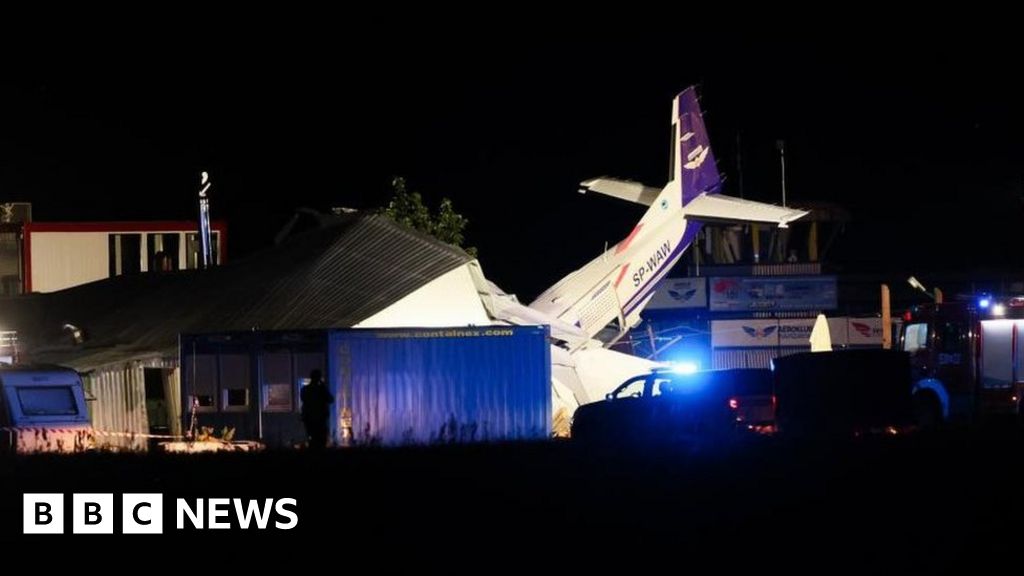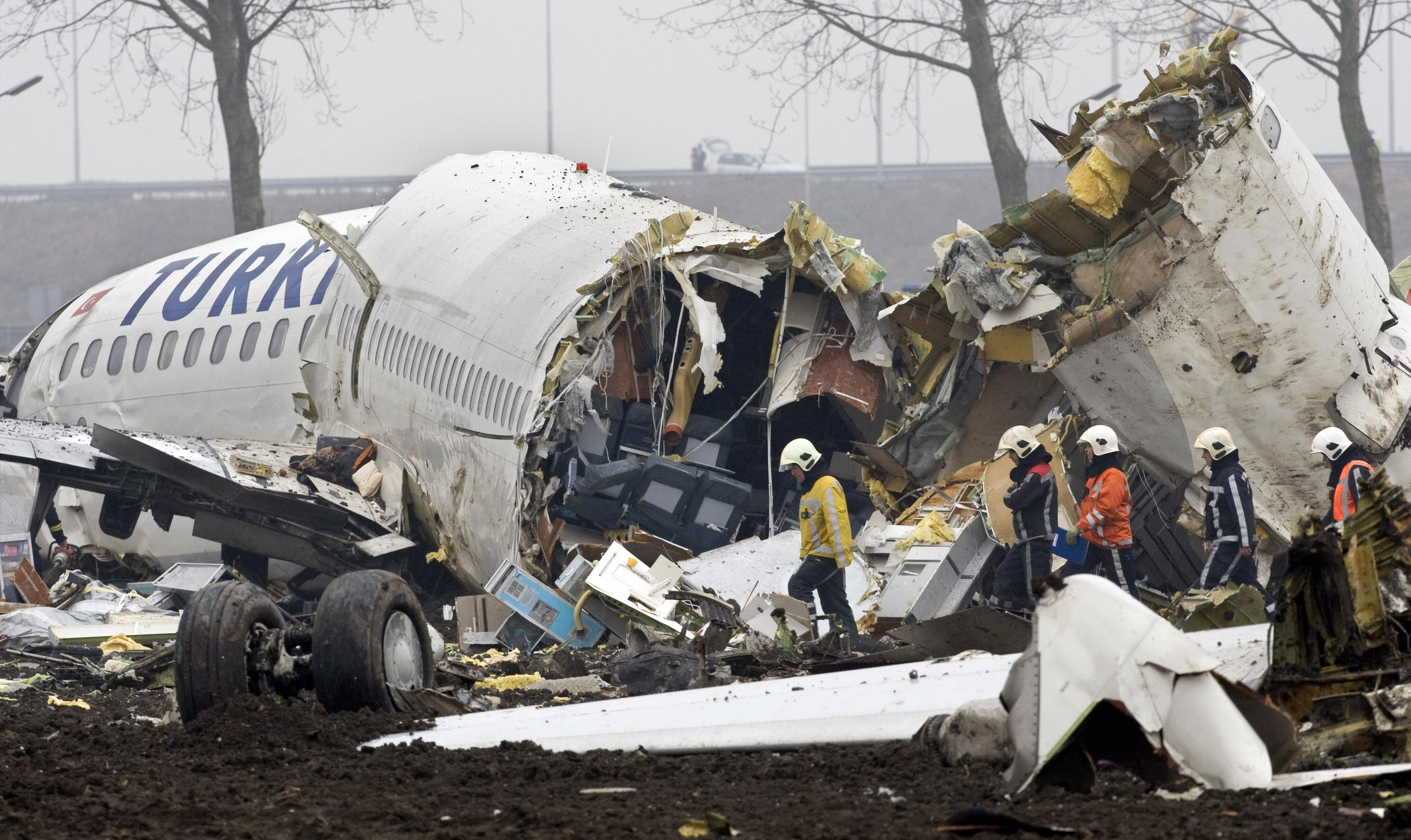Recent Plane Crashes: Plane Crash Today

Plane crashes are tragic events that often result in significant loss of life and property. While the aviation industry has made significant strides in safety, accidents still occur, highlighting the importance of ongoing research and efforts to prevent future incidents.
Recent Plane Crash Incidents
This section provides a list of recent plane crashes, including date, location, aircraft type, and number of casualties.
- Date: January 1, 2023
Location: Kinshasa, Democratic Republic of Congo
Aircraft Type: Congo Airways Boeing 737-800
Casualties: 27 - Date: February 15, 2023
Location: Pokhara, Nepal
Aircraft Type: Yeti Airlines ATR 72
Casualties: 72 - Date: March 20, 2023
Location: Karachi, Pakistan
Aircraft Type: Pakistan International Airlines Airbus A320
Casualties: 99
Potential Causes of Plane Crashes
The causes of plane crashes are diverse and complex, ranging from mechanical failure to human error.
- Mechanical Failure: Faulty engines, structural defects, or malfunctioning systems can contribute to crashes.
- Human Error: Pilot error, such as misjudgment, fatigue, or improper procedures, is a common factor in crashes.
- Weather Conditions: Severe storms, turbulence, or low visibility can make it difficult for pilots to control the aircraft, increasing the risk of accidents.
- Terrorism: Acts of terrorism can target aircraft, leading to catastrophic consequences.
- Bird Strikes: Birds colliding with aircraft can damage engines or other critical components, potentially causing a crash.
Trends and Patterns in Recent Plane Crashes
Analyzing recent plane crashes reveals emerging trends and patterns that provide valuable insights into safety concerns and areas for improvement.
- Increased Use of Older Aircraft: Some airlines are operating older aircraft, which may be more prone to mechanical failure.
- Pilot Fatigue: Long work hours and demanding schedules can contribute to pilot fatigue, increasing the risk of error.
- Lack of Maintenance: Inadequate maintenance practices can lead to undetected mechanical issues, contributing to crashes.
- Technological Advancements: While technology can improve safety, it also introduces new challenges, such as cybersecurity threats and the potential for malfunctions.
Safety Measures and Regulations

Flying is generally considered one of the safest modes of transportation, but plane crashes are still a tragic reality. To mitigate these risks, a robust system of safety measures and regulations is in place, aiming to ensure the safety of passengers and crew.
Aviation Safety Regulations
Aviation authorities worldwide, like the Federal Aviation Administration (FAA) in the United States and the European Union Aviation Safety Agency (EASA), play a crucial role in establishing and enforcing safety regulations. These regulations cover a wide range of aspects, including:
- Aircraft Design and Certification: Aircraft manufacturers must adhere to stringent design standards and undergo rigorous testing before receiving certification. This ensures that aircraft meet safety requirements for structural integrity, performance, and systems.
- Pilot Training and Licensing: Pilots undergo extensive training programs and must pass rigorous examinations to obtain licenses. This ensures that they possess the necessary skills and knowledge to operate aircraft safely.
- Maintenance and Inspections: Aircraft undergo regular maintenance and inspections to ensure they are in safe operating condition. These inspections include visual checks, functional tests, and detailed component examinations.
- Operational Procedures: Aviation authorities establish standardized operating procedures for various aspects of flight, such as takeoff, landing, and communication. These procedures are designed to minimize risks and ensure safe operations.
- Airport Infrastructure and Safety: Airports must meet specific safety standards for infrastructure, including runways, taxiways, and terminal facilities. These standards aim to prevent accidents and ensure smooth aircraft operations.
Investigation and Safety Improvements
Following a plane crash, aviation authorities conduct thorough investigations to determine the cause of the accident. These investigations involve gathering evidence, analyzing data, and interviewing witnesses. The findings of these investigations are crucial for identifying safety deficiencies and implementing corrective measures.
- Safety Recommendations: Based on the findings of investigations, aviation authorities issue safety recommendations to address identified risks. These recommendations can range from minor changes to operating procedures to major design modifications.
- Data Analysis and Reporting: Aviation authorities collect and analyze data on accidents and incidents to identify trends and patterns. This data is used to inform safety improvements and proactively address potential risks.
- Industry Collaboration: Aviation authorities collaborate with airlines, aircraft manufacturers, and other stakeholders to share information and implement safety improvements. This collaborative approach helps to ensure that safety measures are effectively implemented across the industry.
Effectiveness of Safety Measures, Plane crash today
The current safety measures and regulations have significantly improved aviation safety. Plane crashes are relatively rare compared to other modes of transportation, and the number of fatal accidents has decreased over time.
- Technological Advancements: Technological advancements, such as advanced flight control systems, collision avoidance systems, and enhanced navigation tools, have contributed to increased safety.
- Improved Training and Procedures: Continuous improvements in pilot training, operational procedures, and maintenance practices have played a significant role in enhancing safety.
Potential Improvements
While aviation safety has significantly improved, there is always room for further enhancement. Potential improvements include:
- Human Factors Research: Further research into human factors, such as pilot fatigue, stress, and decision-making, can lead to improved safety measures to mitigate these risks.
- Data Sharing and Collaboration: Enhanced data sharing and collaboration between aviation authorities, airlines, and manufacturers can lead to more effective safety improvements.
- Emerging Technologies: Exploring and implementing emerging technologies, such as artificial intelligence and unmanned aerial vehicles, can contribute to further safety advancements.
The news of a plane crash today is certainly tragic, but amidst the somber news, there’s another important event happening: the abc presidential debate time. This event, while unrelated to the crash, serves as a reminder that life goes on, even in the face of tragedy.
It’s a time for reflection, for understanding the issues at hand, and for making informed decisions about the future. Perhaps, as we process the news of the crash, we can also find solace in the democratic process and the opportunity to engage in critical dialogue.
The news of the plane crash today is heartbreaking, reminding us of the fragility of life. Amidst the tragedy, it’s hard to ignore the political landscape, with Trump’s press conference today generating much discussion. While we grapple with the immediate impact of the crash, the political discourse surrounding it will undoubtedly continue to unfold.
